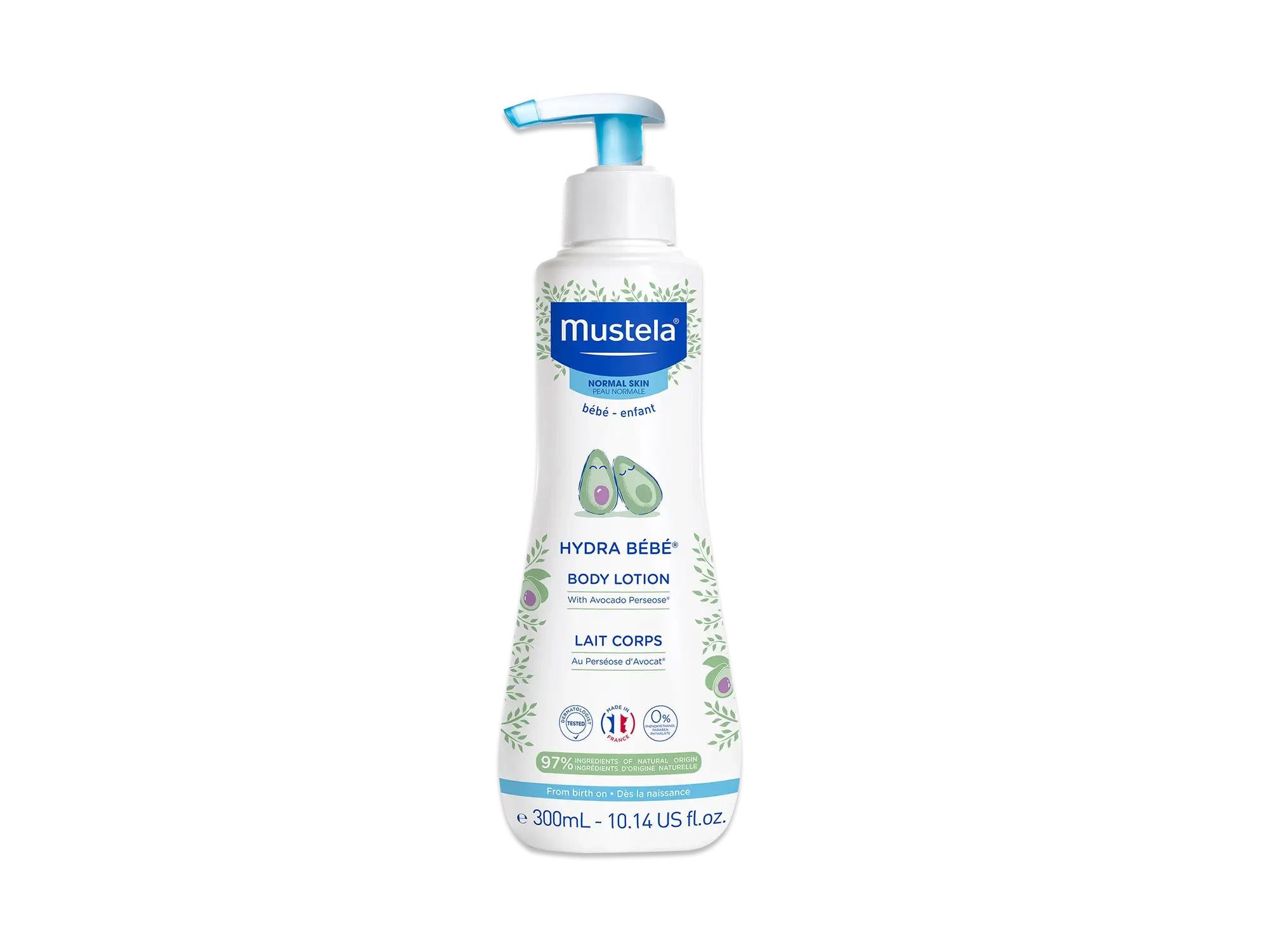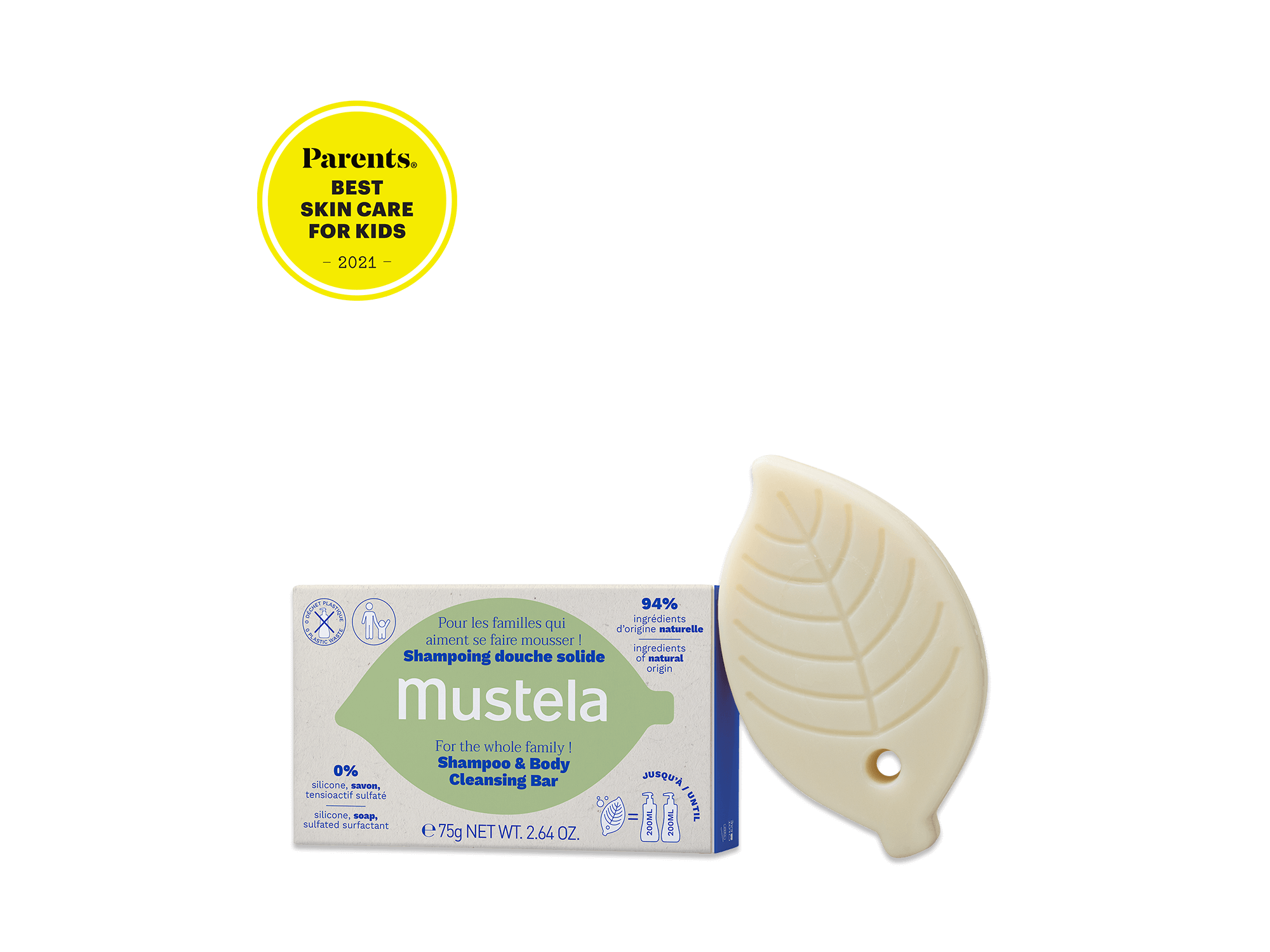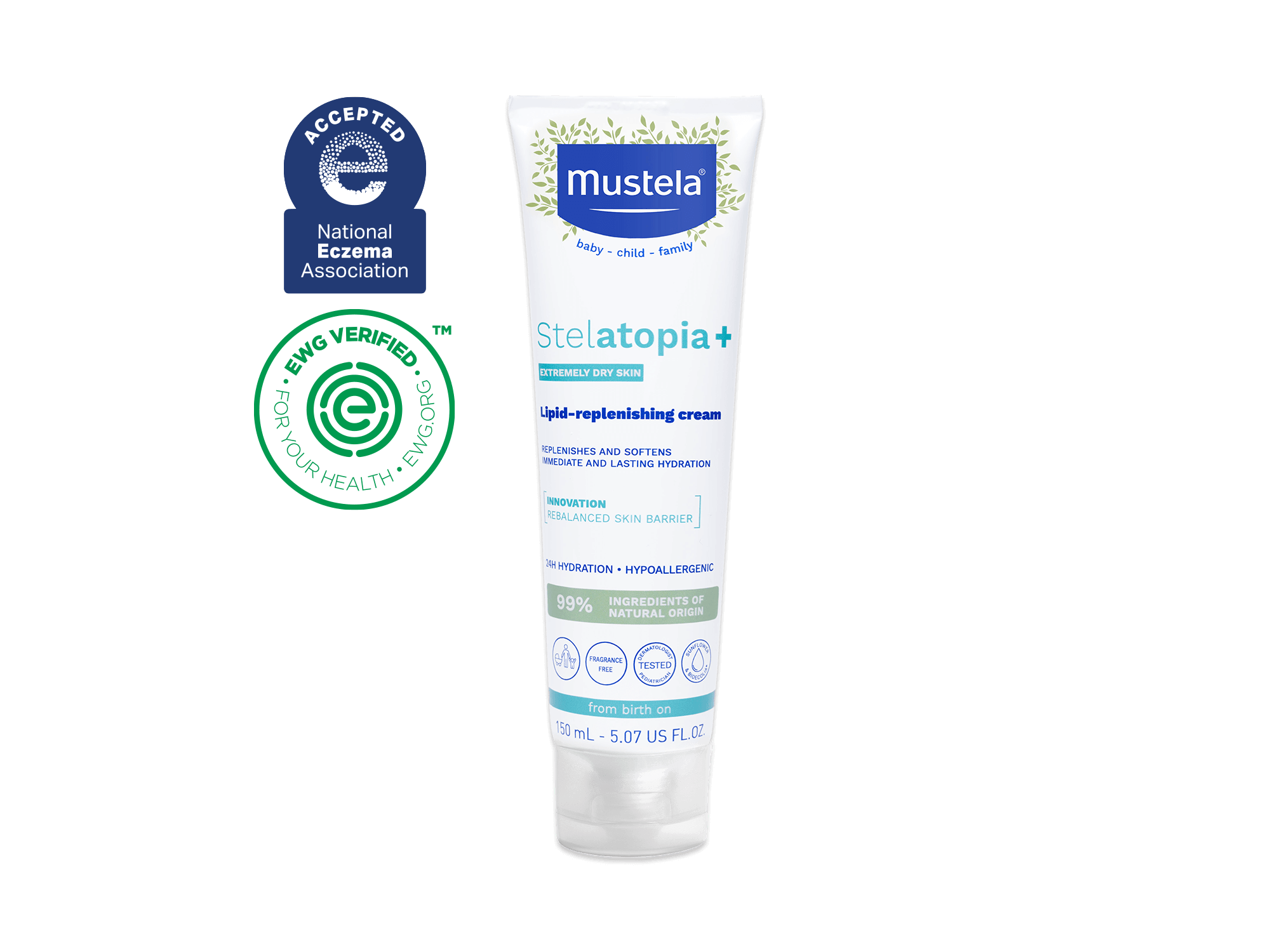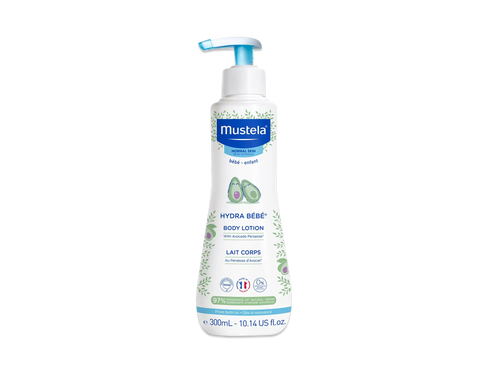When your baby is first born, you do a whole lot of feeding and changing them. (And staring at them while they sleep!) But you also need to help them build muscles for important developmental milestones.
Tummy time is the essential foundation for that muscle growth. Read on to learn more about tummy time: what it is, why it’s important, how to do it, and when your baby will be ready to move on from it.
Key Takeaways
- Tummy time is when you place your baby on their tummy for brief periods of time while they’re awake.
- Tummy time is necessary for eveloping your baby’s neck, back, shoulder, and core muscles. It’s also important for building gross motor skills, visual tracking, and sensory exploration, too.
- You can start tummy time with your baby from the very beginning as long as you keep safety in mind.
- Tummy time positions and durations vary depending on your baby’s age and preferences.
- You’ll know your baby has outgrown tummy time once they can get in and out of a sitting position, as well as crawl.
What Is Tummy Time?

Tummy time is when you place your baby on their tummy for brief periods of time while they’re awake. The “awake” part is critical. As you probably know, recent research has shown that sleeping on their tummy isn’t safe for babies.
But just because letting your baby lie on their tummy poses serious risks while they sleep, it doesn’t mean time on their tummy isn’t important. It is!
The Benefits of Tummy Time
Tummy time is the beginning of critical physical activity for your baby. It develops their neck, back, shoulder, and core muscles. Once these muscles are strong enough, their gross motor skills will grow. Your baby will begin to tilt their head from side to side, roll over, and sit up.
Tummy time also plays an important role in developing your baby’s visual tracking skills. When they become strong enough to lift and turn their head, they engage their eye muscles in focusing on objects and learning how to track them.
Your baby’s vestibular system (the sensory system responsible for balance and spatial orientation) begins to develop as your baby shifts from side to side while they’re on their tummy. And touching a variety of textured surfaces encourages tactile sensory exploration, too.
Finally, tummy time reduces the risk of positional plagiocephaly (flat head syndrome) and positional torticollis (tight neck muscles).
When To Start And How To Do Tummy Time

Your newborn can begin engaging in tummy time right away. Just make sure you pay attention to a few safety concerns.
Tummy Time Safety Concerns
- Always stay with your baby during tummy time.
- Make sure your baby stays awake when they’re on their tummy.
- Only do tummy time on your chest or lap, or on a low, safe surface.
- Make sure only baby-safe objects and materials are within your baby’s reach.
- Wait until 20 minutes after your baby eats to minimize the chance of them spitting up.
Tummy Time Sessions
Your little one will benefit from tummy time as soon as they’re born, but you’ll start them off slow and build their tolerance and capacity over time. These stepping stones are average time frames.
Your baby may get the hang of tummy time faster or slower, which is perfectly OK!
Newborns
When your baby is a tiny newborn, your primary focus is on introducing them to tummy time. Lay them belly down on your chest or lap for a few minutes at a time, two or three times a day.
These sessions are great opportunities to massage your baby’s neck and shoulders with Mustela Baby Oil.
1-3 Months Old
Once your baby is familiar with spending time on their belly, your goal is to get them comfortable with the position. Try laying them on a blanket on the floor for three to five minutes at a time, two to four times a day.
Feed and change them before a session to make sure they’re not hungry or uncomfortable. Give them a bath using Mustela’s Gentle Cleansing Gel and Foam Shampoo ahead of time, too, so they’re as relaxed as they can be.
By the time they’re two months old, you can increase their tummy time to 30 minutes per day, and once they hit three months old, try for about an hour.
3-5 Months Old
This is when the real work of strengthening the head, shoulders, back, and core kicks in. As your baby works their way up to 90 minutes of tummy time per day, you’ll see them use their elbows for stability, lift their head at a 45-degree angle, and turn it in both directions.
6 Months Old
Now that your baby is half a year old, they’re probably reaching for and even grasping toys. Their muscles continue to grow stronger.
You may see your baby pressing through their forearms to lift their upper chest, and they might straighten their arms. They might rock forward and backward, and side to side, in a “superman” position with their arms and legs lifted high.
You might also catch them bringing their knees under their body for brief moments. They’re getting ready to crawl!
6-10 Months Old
This last phase is all about movement. Watch as your baby tummy crawls, gets up on hands and knees, and lifts their tummy and hips off the floor, like they’re doing a push-up.
Your (not-so) little one might even be able to transition from their tummy to a sitting position!
Tummy Time Positions

Your goal is for your baby to feel comfortable in tummy time, which means different positions at different phases of their development. It might even mean they love a particular position one day but want another one the next.
Some positions for your baby to try include:
- Tummy to tummy (yours and your baby’s!). This is especially great when they’re newborns.
- Lengthwise across your lap. For more stimulation, try raising and lowering your legs or moving them side to side.
- Placing a rolled-up towel under your baby’s arms to help lift their chest.
- Putting a favorite toy in front of your baby to capture their interest, or lying down in front of them yourself!
- Lying your baby on their side with a rolled-up towel propping up their back. You can also place a folded washcloth under their head. Make sure both their arms are in front of them, and you can bend their knees to help them feel comfortable.
- Using a variety of textured blankets for stimulation.
Sometimes, the fewer clothes your baby is wearing, the better! As long as they’re warm enough, you want them to feel the surfaces they’re on as much as possible.
Tip: If you notice their skin is irritated or dry from all the time on their tummy, try using Mustela’s Diaper Rash Cream 123 or Hydra Bebe Body Lotion.
When Does Your Baby Outgrow Tummy Time?
When your baby can get into and out of a sitting position, they’ll phase out tummy time on their own. Another good indicator they’ve outgrown this important muscle-building position? When they begin to crawl! This is usually when they’re between six and eight months old.
Time For Tummy Time!

As soon as you meet your newborn, you can introduce them to tummy time! It’s a way, right out of the gate, for you to help your baby lay the groundwork for all sorts of important milestone developments.
It’s exciting to watch your newborn get stronger, build gross motor skills, explore with their senses, and learn visual tracking. Enjoy every small step forward (and the big ones too). Pretty soon, your baby won’t be “new” anymore at all!
And if you want to learn more about your baby’s development, check out the Mustela blog.
Frequently Asked Questions
What if my baby doesn't like tummy time?
Start with small increments of time and try to build your baby’s tolerance. If they don’t like being on their tummy, you can experiment with some other techniques.
Try the football hold: place your baby with their head and tummy on your forearm. You can walk them around in this position, or gently swing or bounce them, too. You can also try placing them (as you hold them) on a table or an exercise ball. Sometimes a different vantage point helps.
Finally, give them something super interesting to look at. And if none of these ideas work, it’s OK to take it slow.
How can my baby get exercise when they’re in tummy time?
Simply being in tummy time is plenty of exercise! As your baby lies on their tummy, they’re building the muscles in their neck, back, shoulders, and core. If you want to give them extra, place a toy just out of their reach.
What if my baby keeps rolling out of tummy time?
If your baby is more interested in rolling onto their back than staying on their tummy, try placing exciting toys, a mirror, or yourself in front of them. Or try shorter sessions. You can also keep tummy time on your lap, where you have a little more control over their movement.



















